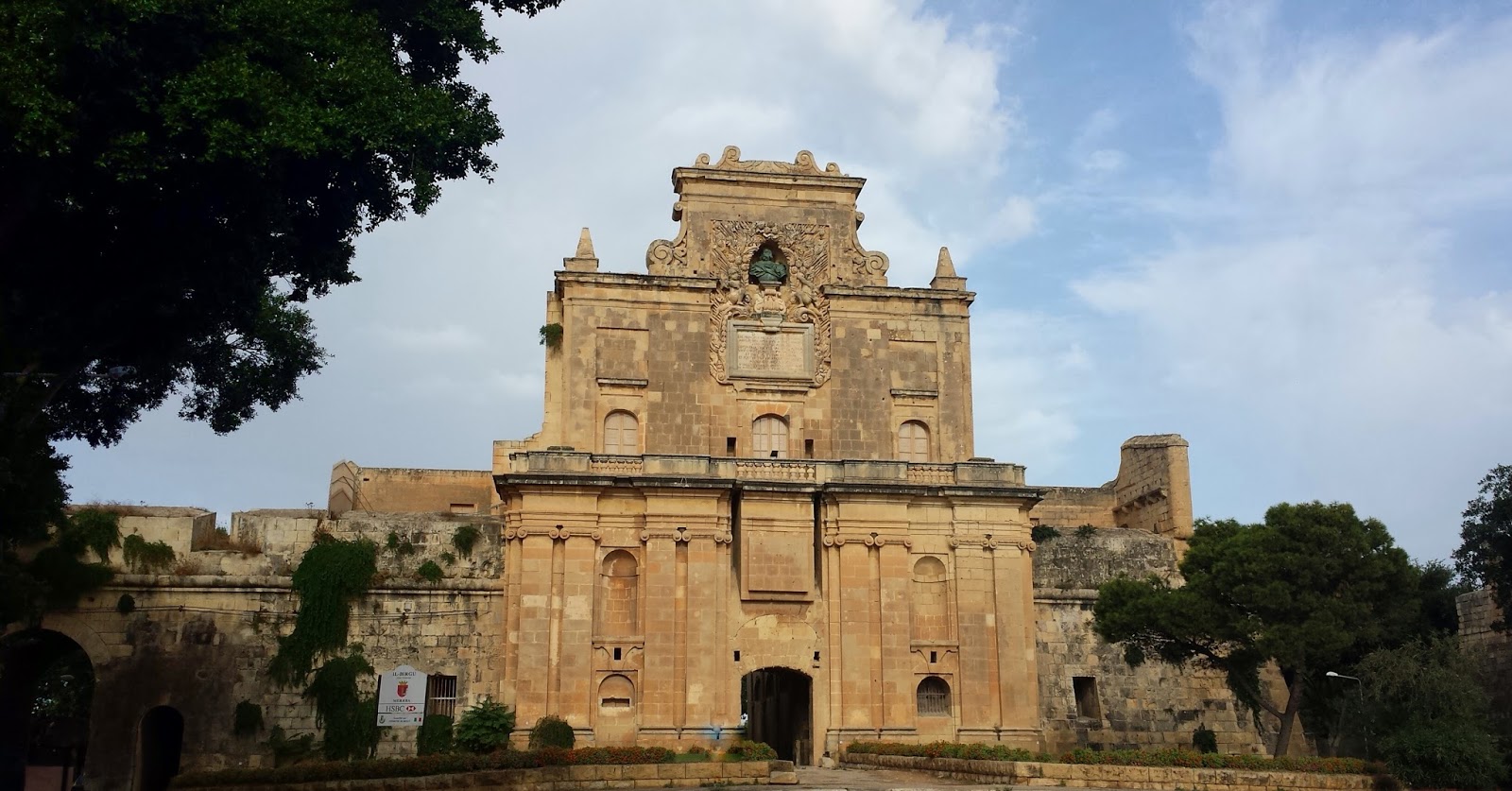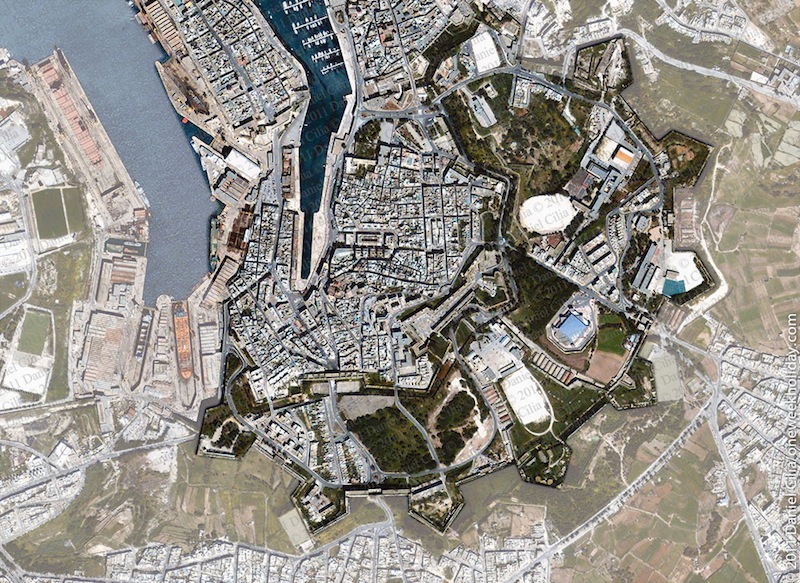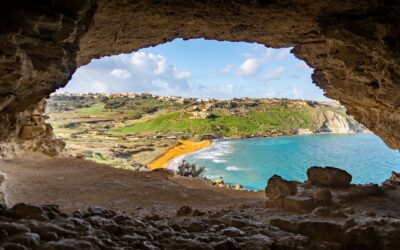Located in the southeast of Malta, the impressive Cottonera Lines form a vast network of fortifications that surround the famous Three Cities: Birgu (Vittoriosa), Senglea (Isla), and Bormla (Cospicua). These monumental bastions stand as enduring witnesses to Malta’s turbulent history and offer visitors a captivating journey through military architecture, the legacy of the Knights of St. John, and breathtaking panoramic views over the Grand Harbour.

Notre Dame Gate / © Snapshots of Malta
The birth of a titanic project
In the 17th century, Malta’s strategic position in the Mediterranean attracted significant attention, particularly from the Ottoman Empire. After the fall of Candia in 1669, the threat of invasion loomed large. In response, Grand Master Nicolas Cotoner of the Order of St. John initiated the construction of an ambitious new defensive line.
Under the direction of Italian military engineer Antonio Maurizio Valperga, the plan was to build a five-kilometer-long fortified wall around the Three Cities and their suburbs. Designed to protect up to 40,000 people with provisions and weapons during a siege, this “Civitas Cotonera” was set to become the largest fortification project undertaken by the Knights in Malta.
A long and challenging construction process
Construction began in 1670 but soon encountered major setbacks, including epidemics, funding shortages, and the death of Grand Master Cotoner in 1680. By then, only the main enclosure was complete, while secondary defenses like cavaliers, ravelins, glacis, and the ditch remained unfinished. Work partially resumed in the early 18th century with the addition of bastions,
powder magazines, and Fort San Salvatore. However, elements like the moat were never fully completed. Ultimately, the Cottonera Lines comprised nine bastions (including three half-bastions) and seven grand gates, forming a double defensive belt alongside the older Santa Margherita Lines.
A strategic role in historical conflicts
Though the Cottonera Lines never repelled a major Ottoman attack, they played a crucial strategic role during the French occupation of Malta in 1798 and the subsequent Maltese blockade. French troops entrenched themselves within, while Maltese insurgents established batteries and redoubts to surround them.
Under British rule in the 19th century, the fortifications were modified and expanded with new structures like the St Clement entrenchment and Fort Verdala. Some parts were demolished to accommodate port and shipyard expansions. The Lines also sustained damage during World War II bombings.
Rediscovering a living heritage today
Despite damage and neglect over time, many sections of the Cottonera Lines have survived and are currently undergoing restoration. Visitors can admire the monumental scale of the ramparts, the elegance of the Baroque gates (especially the Porte Notre-Dame in Birgu), and the imposing bastions offering spectacular views over the Three Cities and the Grand Harbour.
The Three Cities themselves form a unique urban ensemble, richly marked by the influence of the Knights of Malta. Birgu, the oldest city, captivates with its authentic charm and historic museums, while Senglea and Cospicua feature lively waterfronts and panoramic vistas of Valletta.

A google map highlighting the Cottonera Lines / © Daniel Cilia
Sightseeing tips
- Walk along the ramparts to appreciate the defensive power of these fortifications and explore the beautifully restored gates.
- Join a guided tour of the Three Cities to delve into the history of the Knights and the region’s strategic importance.
- Military history enthusiasts will enjoy the architectural ingenuity of the bastions and defensive works.
- The ramparts provide stunning views of Malta’s main port and the capital city of Valletta.
A monument to resilience and ingenuity
Listed as a heritage monument since 1925, the Cottonera Lines symbolize the resilience and architectural skill of Maltese and European builders. They highlight Malta’s pivotal role in Mediterranean history and invite travelers to explore an exceptional cultural legacy far from the tourist crowds, in the heart of one of Europe’s most remarkable fortified complexes.
Whether you are a history lover, architecture enthusiast, or simply curious, visiting the Cottonera Lines and the Three Cities is an essential experience when in Malta.




